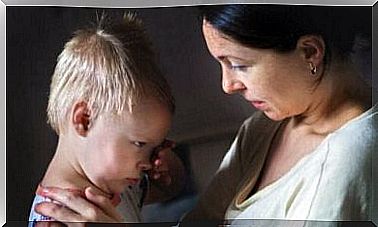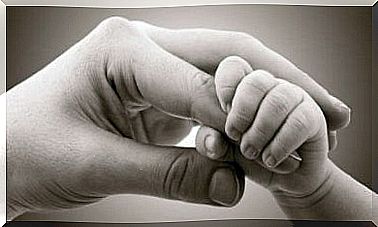Childbirth In Different Cultures – Being Parents

The birth of a baby is one of the most important events in a woman’s life. The age and manner of bringing a baby into the world vary according to the customs and principles of each village or town. Childbirth in different cultures has characteristics that have been fully respected for generations. And that, without taking into account advances in medicine and technology.
There are many techniques that help a mother give birth. Among them, we find humanized natural childbirth, normal childbirth under epidural or childbirth in water. But there are also induced childbirth, cesarean section, squatting childbirth and there are even cases of women doing it standing up. Indeed, everything will depend on their state of health and their culture.
Currently, in most countries, there are health centers that have exclusive delivery rooms with high technological advances. Thanks to this, this experience can be made as minimally traumatic as possible for mother and baby. In addition, it offers greater well-being and better health care for both.
Childbirth in different cultures in Africa
Despite the progress made by the human race over the past centuries and decades, there are still practices that do not take into account the new care available to women. Births in different cultures can be cruel and offensive to the mother. Indeed, certain radical customs make them very different from the births to which much of the globe is accustomed.
The mutilations that African mothers undergo on their genitals continue to generate debate around the world. Indeed, these practices are often considered inhuman and incomprehensible. In addition, at the time of childbirth, these women expose their childbirth publicly. Ultimately, they cannot show their pain. In this culture, this is seen as an offense to their family.
Indigenous communities
There are many rituals in the indigenous populations. However, what predominates in all these rituals is the birth which takes place with the woman sitting or squatting, always in an upright position. During childbirth, mothers show courage in front of the people, guided by their divinity.

The midwife and the husband are the people who always accompany women who give birth. The latter helps by pushing his wife’s abdomen to get the child out. The midwife, for her part, creates a bond with God to whom she entrusts the protection and health of mother and child.
Giving birth to the baby in Oceania
In this culture, childbirth is a public act, as in Africa. However, in this case, the intentions of the people accompanying them are different. Family and friends are there to cheer on the new mom with songs and love cries.
Women, after giving birth, are considered unclean. They are therefore isolated in an enclosed space outside their home with their children. They can only return to their husbands’ side 15 days after birth.
Vertical childbirth in typical cultures in the Philippines
For their part, in many villages in the Philippines, they still practice standing births. The midwife stands on a bamboo roll while the laboring woman hangs from ropes until childbirth.
It is an extremely dangerous technique. In fact, this technique is less used because of the high mortality rate. The latter is due to the severe hemorrhages from which the mothers suffer. As a result, the medical centers located near these villages have seen their attendance gradually increase.

Childbirth in a squatting position
In ancient Egypt, women gave birth to their children in a squatting position. This was also the case with the Aztecs in Mexico and certain African populations. This position made it easier for them to expel the child due to the pressure exerted by their own body on the abdomen and the tilting of the groin to push the baby out.
Although science has evolved in terms of techniques for bringing children into the world, many populations continue to practice unsafe practices that cause unnecessary death by clinging to this type of traditional childbirth in different cultures.
The ideal would be to find a balance between science and tradition so that the well-being of mother and baby prevails. It is not necessary to completely lose traditions. It is enough to make them a little more flexible and to accept certain contributions of medicine. Thus, the arrival of the baby in the world will be much easier and less risky.









